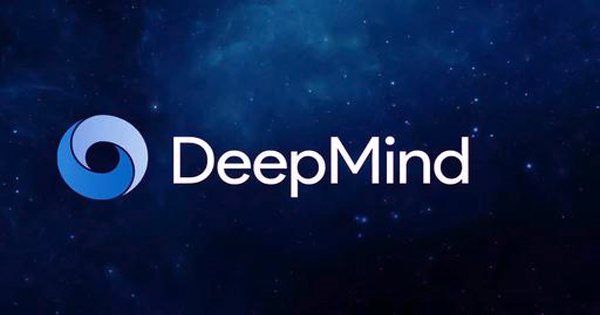Proteins are everything when it comes to life. The production of proteins from genes depends on every cellular process, every difference in how a person looks, and every movement you make. Despite extensive leaps and technological advances in protein research, scientists have lost sight of how proteins fold and how they can form a common amino acid code. The production of these proteins relies on complex systems of amino acids (building blocks produced by our genetic code) to create complex structures that determine how the protein will work and what it will do. This is called the “protein folding problem”, and it is one of the biggest challenges in biology.
A groundbreaking scientist from the AlphaFold team at DeepMind’s, a UK-based artificial intelligence company, believes they have found a solution in AI. An achievement that has been dubbed “transforming biology and medicine”, the deep-learning system may only be able to mimic protein structures from an amino acid code, a feat that would typically complete a full PhDs.
Professor John Moult, co-founder, and chairman of Critics of Protein Structure Prediction (CASP) said in a statement, “We’ve been stuck with this one problem for almost 50 years – how to fold proteins. Deepmind has been working on this problem personally for so long and has come to a standstill to try to come up with a solution for it, wondering if this is a very special moment if we get there.”
Protein structures are notoriously difficult to find. Our current methods include X-ray crystallography, which involves crystallizing a protein sample before making an X-ray image and compiling electron density data to create a 3D structure, or cryo-electron microscopy, which measures the samples before 3D imaging. These have given impressive insights into our protein structure, but some proteins cannot be depicted in this way and both take a lot of time and are incredibly expensive.
In addition, both strategies can never solve the problem of protein folding, as they only give the image of the samples presented in front of them – what if you wanted to guess a protein structure from its amino acid sequence?
Researchers tried a different approach – they created an online game for people around the world to participate, instead. The game, known as Foldit, was a crowdsourced attempt to predict protein folds that allowed users to predict their own protein shape for a specific sequence, with the highest scoring model winning. It’s such a fancy approach; it’s time-saving, laborious, and often wrong.
“It has been running for several months using about 128 TPUV3 cores (equivalent to about 100-200 graphic processing units), which is a relatively modest amount of learning today in the context of most of the larger sophisticated models used in the machine.” Describe the AlphaFold developer, “We have trained this system in publicly available data from protein data banks with large databases with protein sequences of unknown structures, containing 170,000 protein structures.”
In an attempt to solve the problem, Deepmind employs artificial intelligence for what perfect mortals cannot do. Using deep-learning, they have created an AI-driven system that can predict protein structures from the sequence of basic amino acids to an incredible degree of accuracy in a relatively short time of just a few days.
Although official data has not yet been released, the announcement has caused a great deal of excitement in the scientific community and sparked speculation about what it would mean for structural biology. A complete understanding of protein folding will jump to fields like medicine, perhaps enabling more effective and more suitable drugs to be produced at a faster rate than before.
Professor Venki Ramakrishnan, Nobel Laureate and President of the Royal Society, “The work of this calculation represents a tremendous advance on the protein-folding problem, a 50-year-old challenge in biology. Many in the field predicted this would happen decades ago. It will be exciting to see so many anecdotes that will fundamentally change biological research. “
















